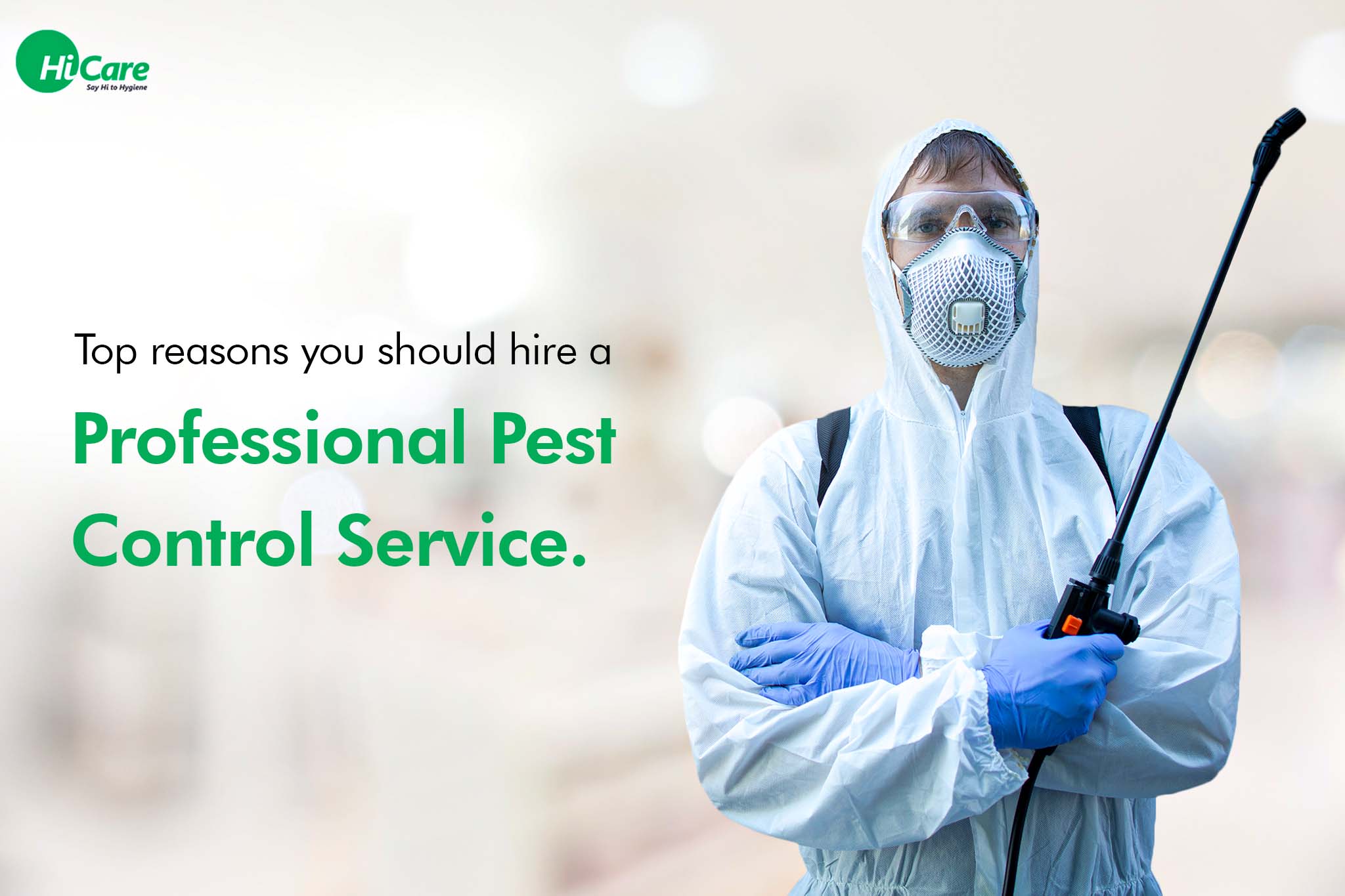A1 Charlotte Pest Control Companies - Your Neighborhood Pest Specialists
A1 Charlotte Pest Control Companies - Your Neighborhood Pest Specialists
Blog Article
Bed Insect Therapy Malfunction: Contrasting Chemical Vs. Non-Chemical Solutions
In the realm of parasite control, especially when dealing with the consistent problem of bed insects, the selection between chemical and non-chemical therapy services can be an essential one. Both approaches supply unique benefits and drawbacks, affecting variables such as effectiveness, security factors to consider, and overall price. By analyzing the nuanced information of each technique, a more clear understanding of which course to pursue in dealing with a bed insect invasion can be obtained.
Efficiency of Chemical Therapies
Chemical treatments for bed pest infestations have been extensively identified for their powerful and rapid efficacy in eradicating these parasites. When taking into consideration the efficiency of chemical treatments, it is crucial to understand that they can offer a quick and thorough service to a bed bug trouble.
Additionally, chemical treatments have the benefit of using recurring effects, meaning that they can remain to get rid of bed bugs even after the first application. This residual action is particularly beneficial in combating any possible re-infestations. Furthermore, the quick activity of chemical therapies can bring relief to people dealing with extreme bed insect infestations, permitting them to reclaim control of their living spaces promptly.
Safety And Security Worry About Chemical Solutions
One essential facet that requires cautious consideration when utilizing chemical remedies for bed bug treatment is guaranteeing the safety and security of occupants and the setting. Exposure to specific chemicals utilized in bed insect therapies can lead to respiratory system concerns, skin irritability, or other adverse reactions, specifically in individuals with pre-existing conditions or sensitivities.
Moreover, the ecological influence of chemical services is another significant factor to consider. Some chemicals used in bed bug treatments might be harmful to useful pests, wildlife, and communities if they leach right into the dirt or water supply. It is essential to make use of chemical therapies sensibly, following security standards, and considering much less harmful choices to alleviate these threats and make certain the effective and secure monitoring of bed pest problems.
Benefits of Non-Chemical Techniques
Considering the prospective safety issues and ecological influence connected with chemical solutions for bed insect therapy, discovering non-chemical approaches offers a promising option with several distinctive advantages. Non-chemical methods use a more secure option for houses, particularly those with people, youngsters, or animals delicate to harsh chemicals. These methods get rid of the risks of exposure to poisonous substances, lowering the potential for damaging health and wellness results. Additionally, non-chemical therapies are eco-friendly, as they do not contribute to air or water pollution, making them a sustainable choice for parasite control.
Additionally, non-chemical solutions can be efficient in targeting bed pests, consisting of hard-to-reach locations where chemical therapies might not penetrate - A1 pest control charlotte nc bed bugs. Methods such as warmth treatment, vacuuming, vapor cleaning, and bed mattress encasements give thorough removal without the usage of hazardous chemicals.
Limitations of Non-Chemical Treatments

Additionally, non-chemical treatments commonly need numerous applications to attain effective elimination. This can be lengthy and may not constantly ensure complete removal of all bed bugs and their eggs, particularly in hard-to-reach or hidden areas.
Moreover, the success of non-chemical therapies greatly counts on correct application and thoroughness, which can be testing for people without specialist expertise. Poor application of non-chemical techniques may result in incomplete removal, leading to relentless invasions and the requirement for extra treatments.
Consequently, while non-chemical therapies have their benefits, it is important to recognize these limitations and consider them when figuring out the most reliable technique for taking care of bed bug invasions.
Expense Contrast: Chemical Vs. Non-Chemical Options
Offered the restrictions related to non-chemical treatments, an important facet to examine in the context of bed insect administration is the cost comparison in between chemical and non-chemical options. Chemical therapies normally entail the application of pesticides by experts, which can vary from $250 to $900 per room, depending upon the seriousness of the problem and the size of the location to be dealt with. In contrast, non-chemical therapies like heat therapy or vapor can be more expensive, with costs ranging from $1,000 to $6,000 for a whole home. While the preliminary expense of chemical treatments might appear lower, numerous therapies might be required to fully remove the invasion, potentially raising the general price. On the various other hand, non-chemical alternatives may give a much more eco-friendly and lasting service, although they can be cost-prohibitive for some individuals. Eventually, when considering the cost of bed insect therapy choices, it is very important to consider the upfront expenses against the effectiveness and long-lasting sustainability of the selected method.
Conclusion

Taking into consideration the prospective safety worries and ecological influence associated with chemical options for bed insect treatment, discovering non-chemical approaches offers an appealing choice with numerous distinct benefits.Offered the constraints linked with non-chemical treatments, a vital aspect to assess in the context of bed pest monitoring is the expense comparison between chemical and non-chemical options. In contrast, non-chemical treatments like heat treatment or heavy steam can be much more expensive, with costs varying from $1,000 click to read more to $6,000 for an entire home. While the preliminary expense of chemical therapies may appear lower, several treatments may be required to basics fully eliminate the problem, potentially raising the general expense.In conclusion, when comparing chemical and non-chemical bed bug therapy alternatives, it is essential to take into consideration effectiveness, security, advantages, limitations, and cost.
Report this page